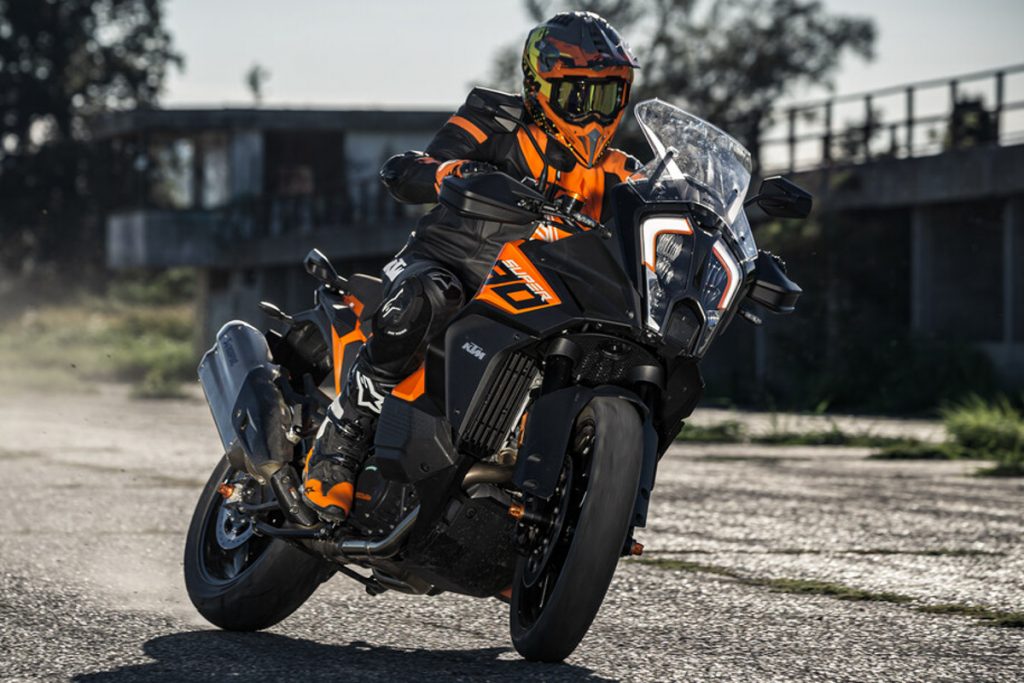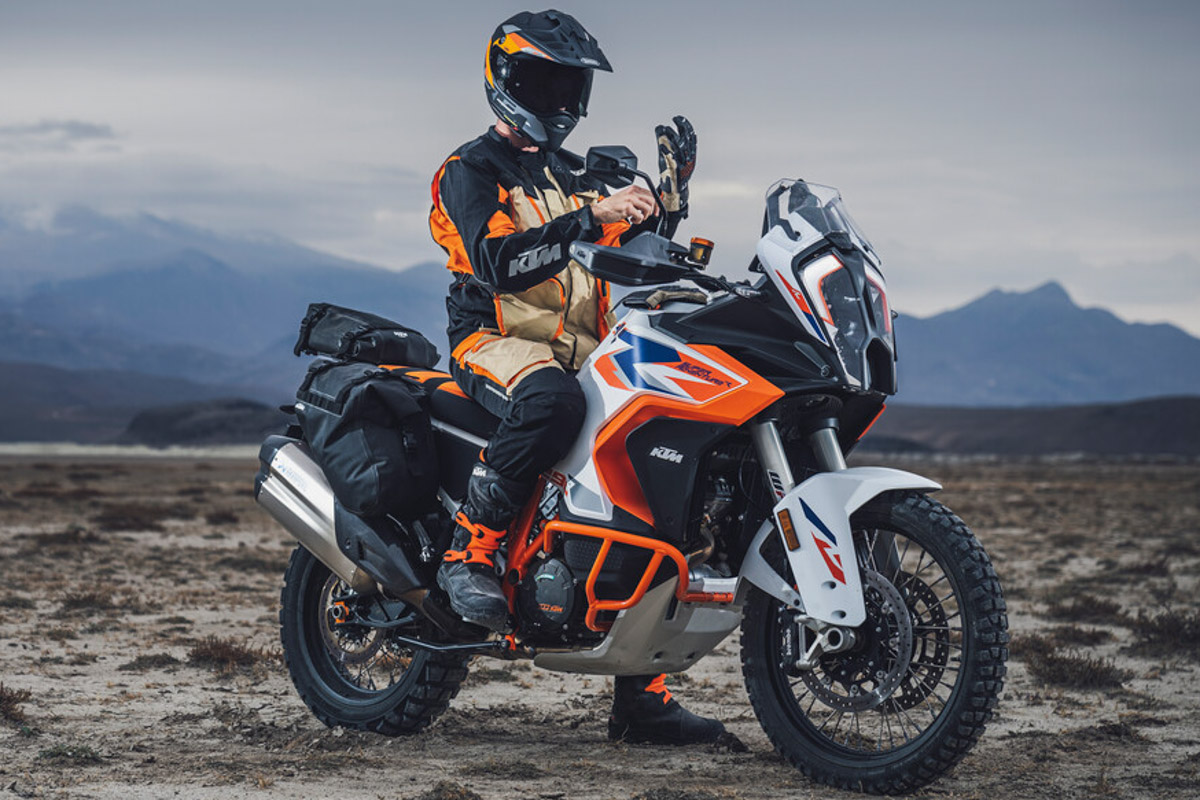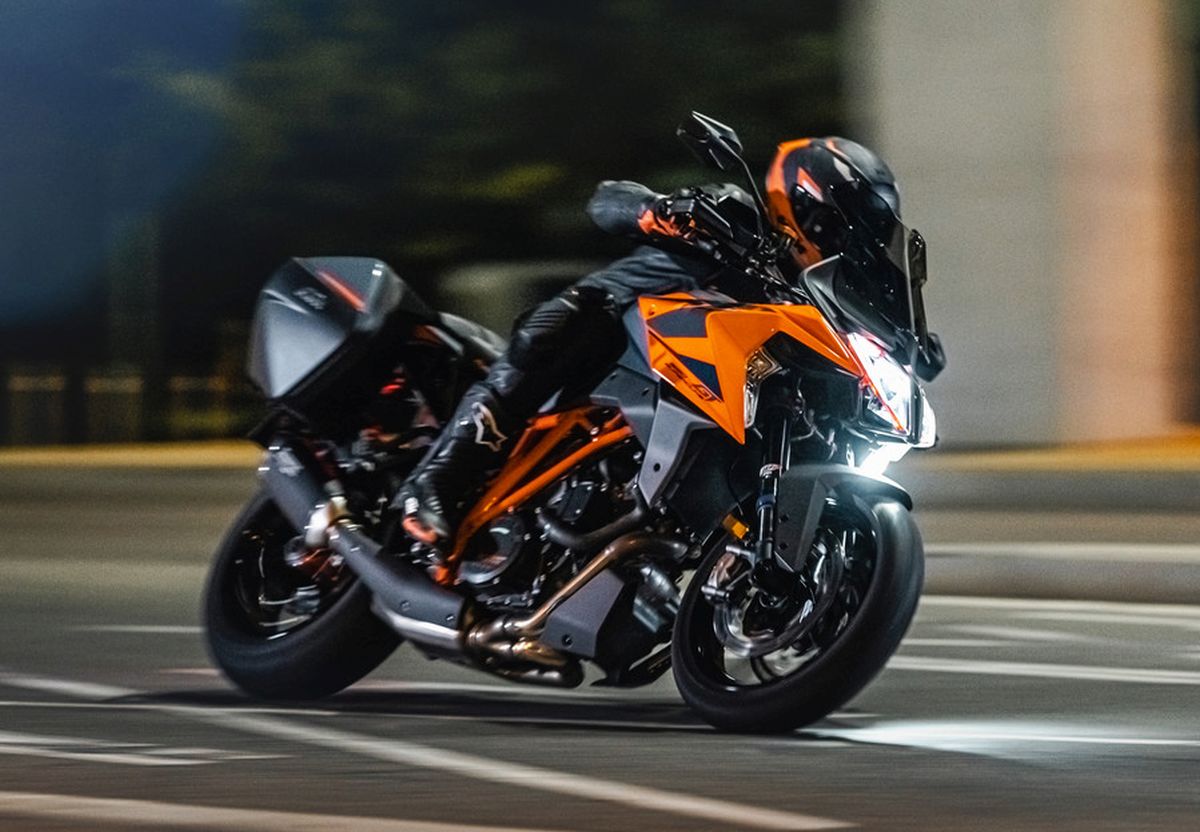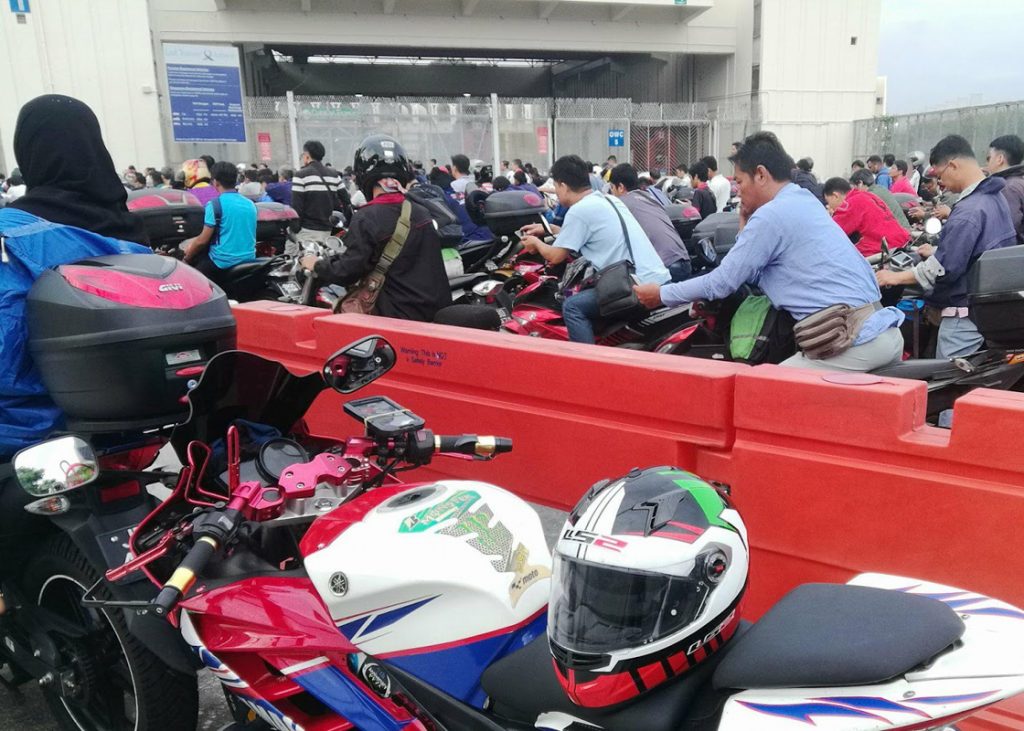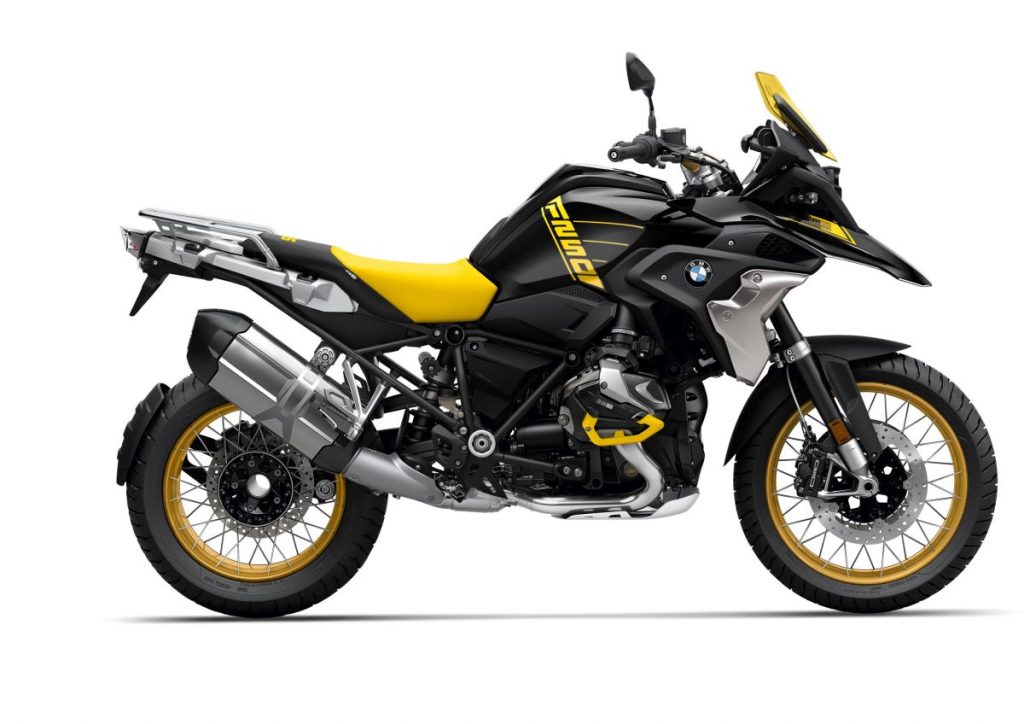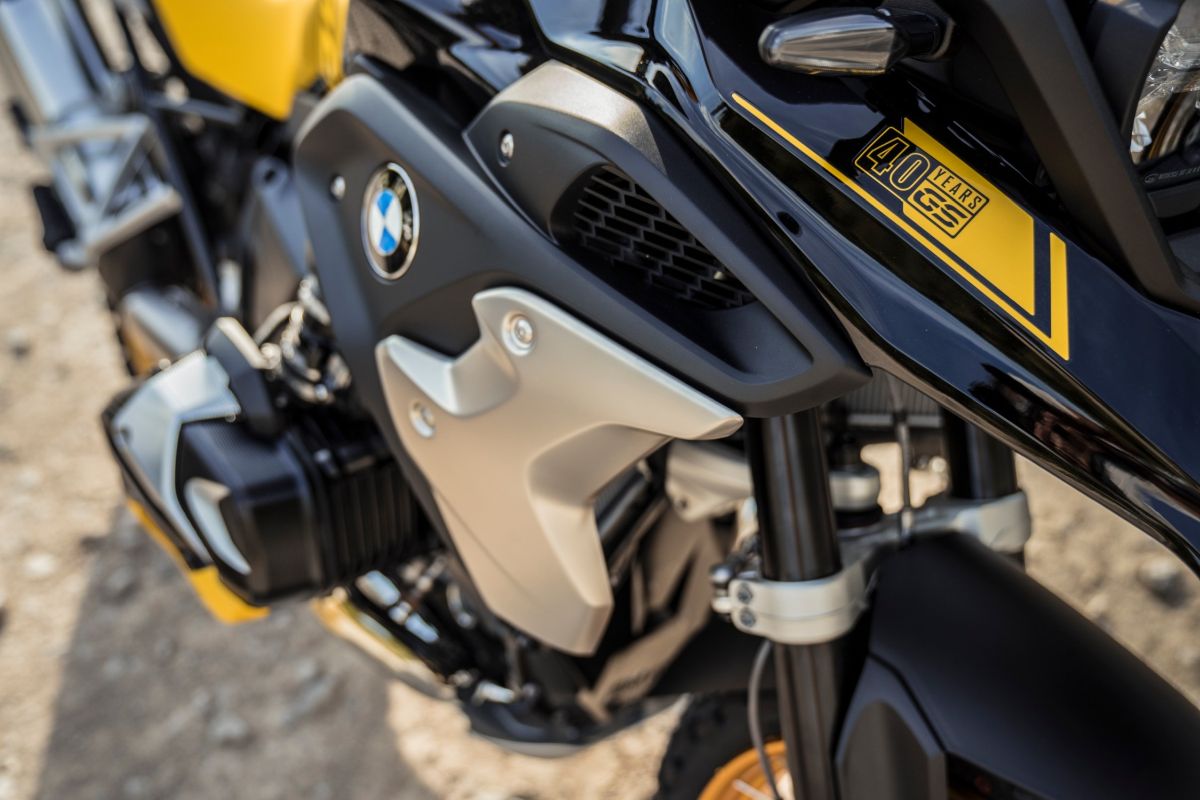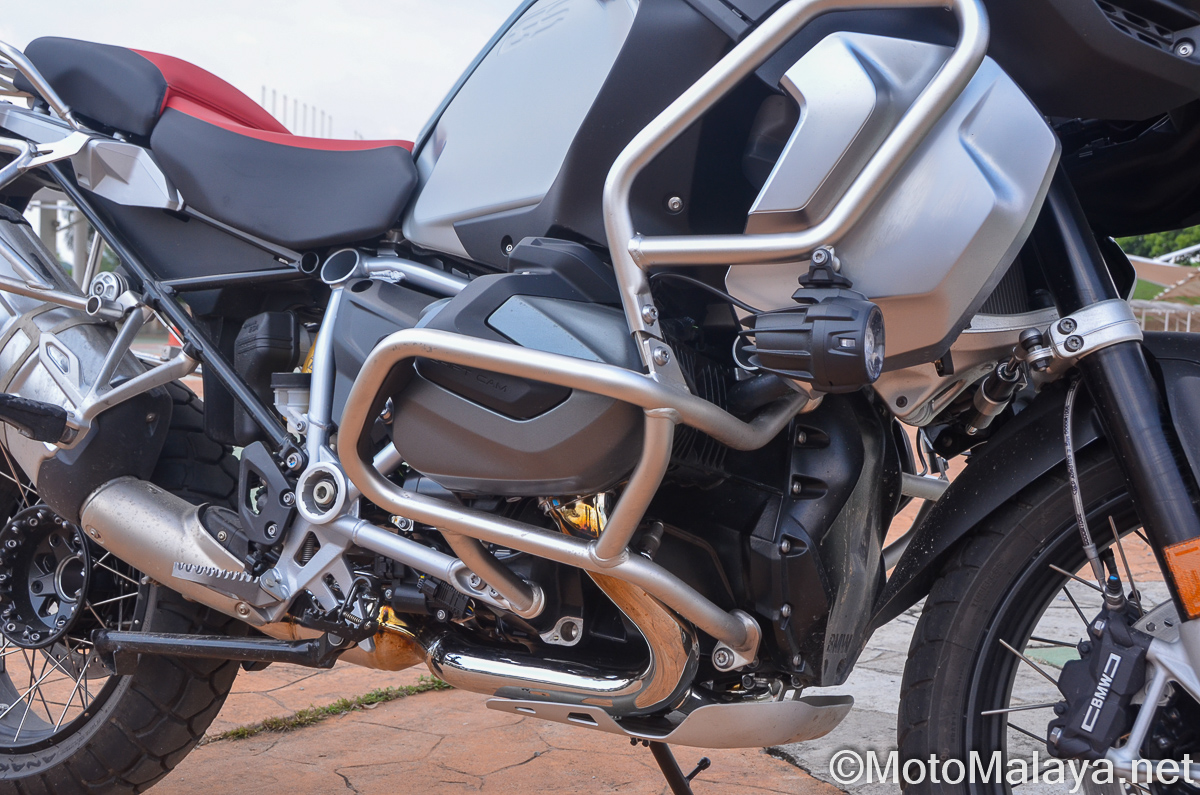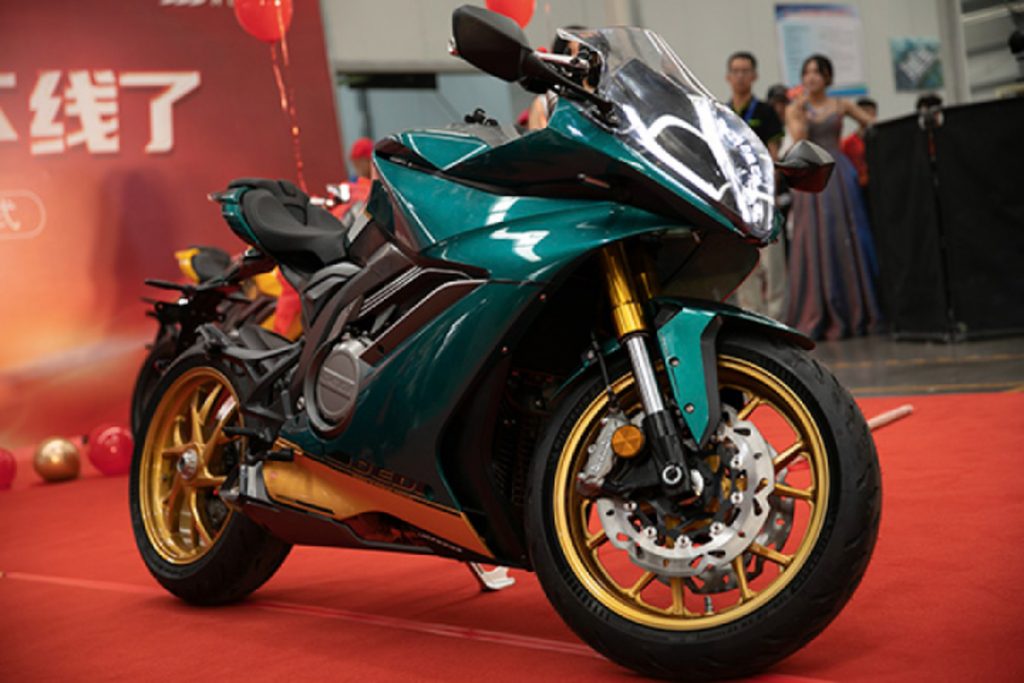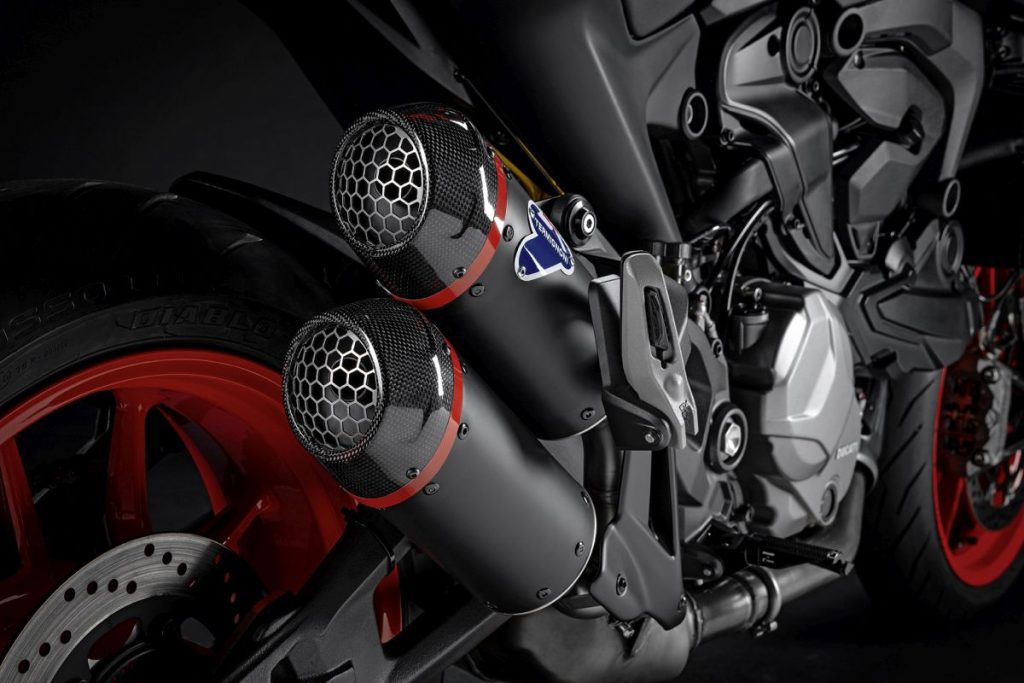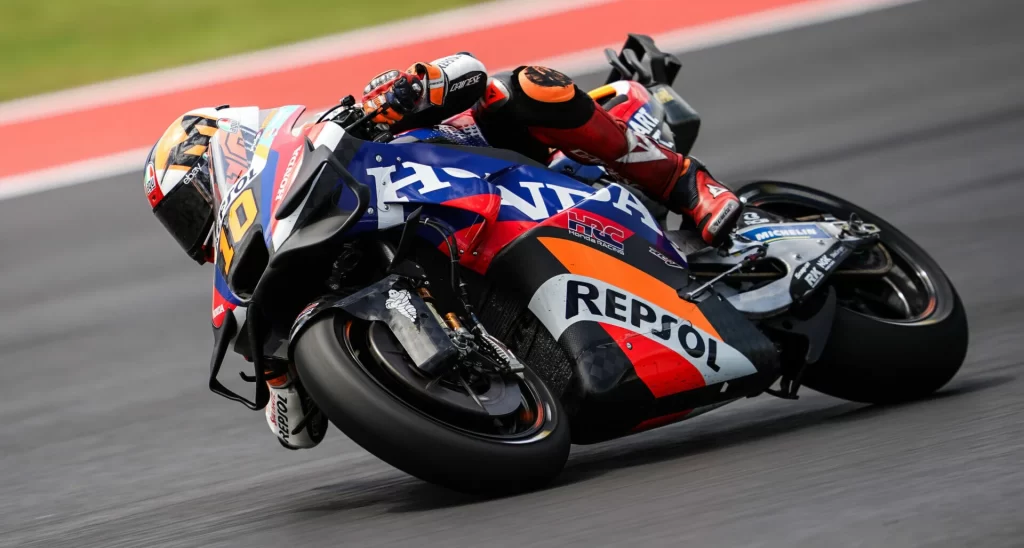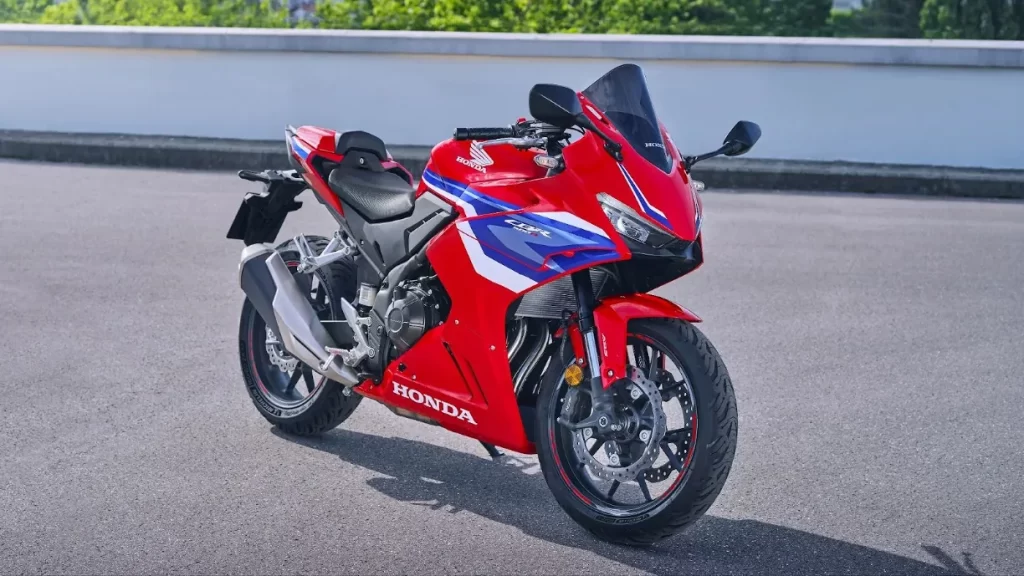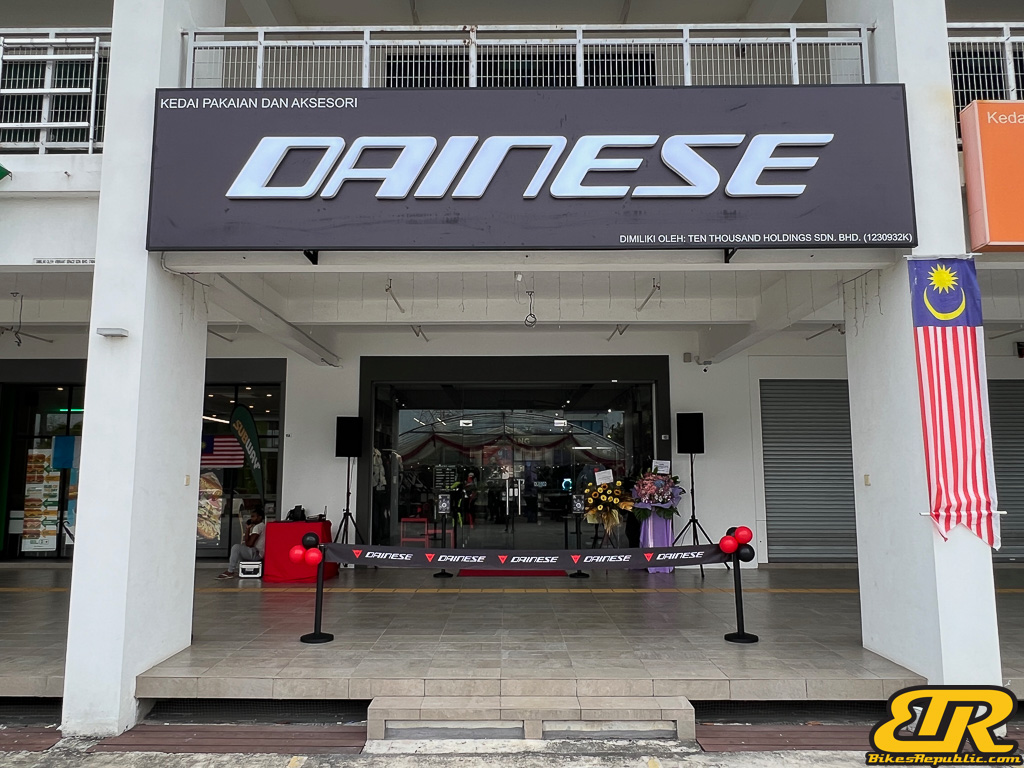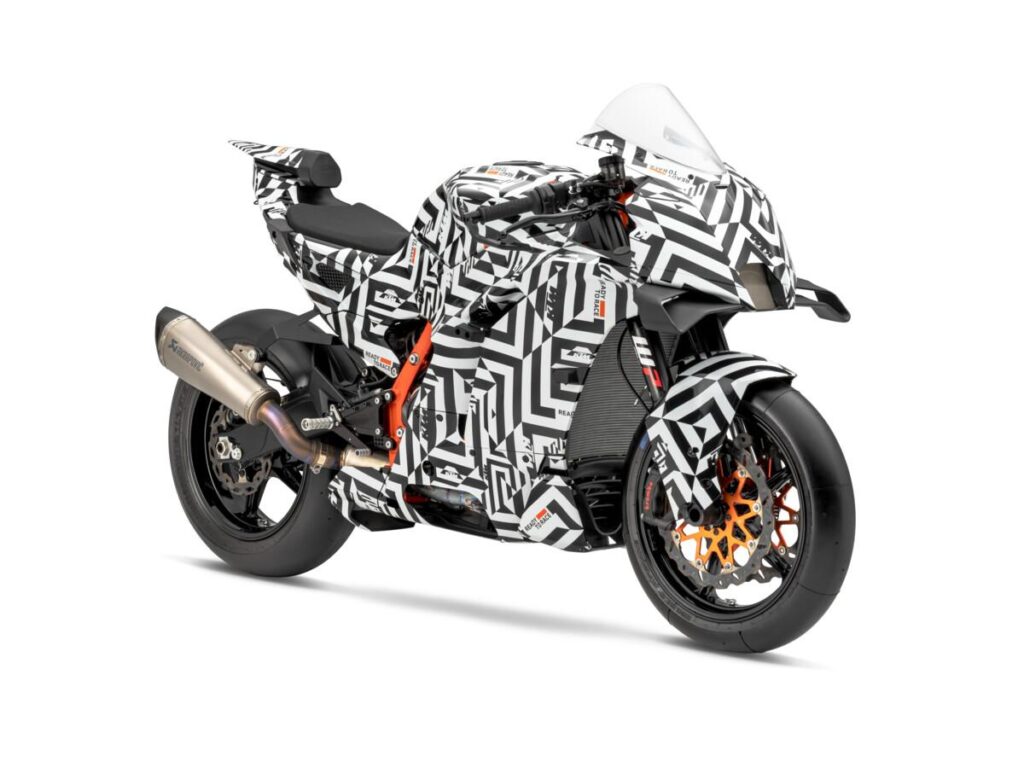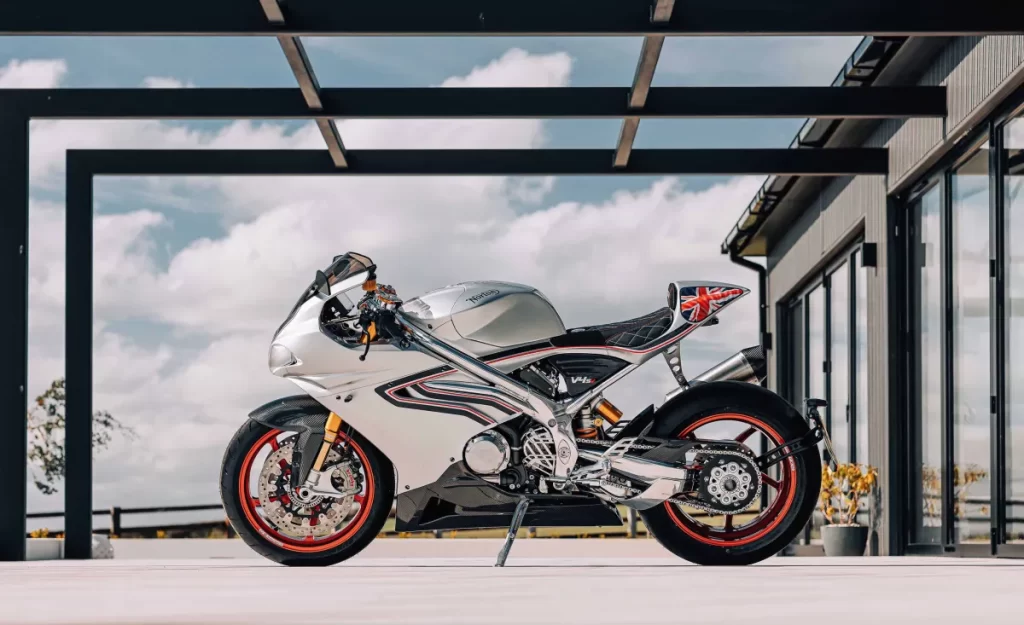The iconic Junkers Ju 52, also known as “Aunt Ju,” was a popular three-engine commercial and transport plane in the 1930s. The D-AQUI aircraft, painted in Lufthansa’s grey-black colour scheme in 1936, gained worldwide recognition.
- The R 18 ‘Iron Annie’ is inspired by the popular D-AQUI aircraft.
- The project was initiated by Switzerland-based VTR Motorrad AG & VTR Customs.

During its time in the United States from 1970 to 1984, the aircraft was renamed “IRON ANNIE” by its owner, Martin Caidin, under the American registration N52JU.
A BMW R 18 customization project was initiated by a client of VTR Motorrad AG & VTR Customs, a BMW partner based in Schmerikon, Switzerland, who was inspired by the “IRON ANNIE” aircraft. The project aimed to incorporate aviation-style elements from aircraft construction into the design. The project started with a BMW R 18 First Edition, with the engine removed and painted black. All chrome parts were painted black, while the fork stanchions received a Diamond-Like Carbon (DLC) coating.

The tank’s speedometer dial was integrated into the design to resemble old cockpit instruments, while access panels with quick-release fasteners were added, as seen on aircraft. The bike’s unique look was completed by borrowing the corrugated aluminium planking from the Ju 52, a riding saddle-style seat, and grey-black paintwork, all reminiscent of the “IRON ANNIE” aircraft.

To create a streamlined appearance, the cockpit trim was pulled back as narrow and flat as possible, and the bike’s stance was lowered with a shorter fork and a height-adjustable Wilbers shock absorber. Large 18 and 21-inch wheels made by Kineo were added to make the bike appear smaller and more delicate between the wheels. Magura’s racing-style HC3 pumps replaced the standard R 18 brake and clutch fittings, providing further technical enhancements. The speedometer’s dial was customized with a handcrafted piece by watchmaker Zeitzone Zurich.

Creating replica cooling fins in the area of the rear silencers proved to be a significant challenge, as shaping these parts into parallel and aesthetically pleasing radii while harmoniously attaching them took several attempts.
Countless hours of work went into the aluminium sheet metal work, which involved hand-forming the fuel tank, tail with a suggested tail fin of an aeroplane, side panels, and cockpit. The numerous lens-head rivets provide reminiscences of traditional metal aircraft construction.

The team was pleased with the outcome, despite feeling slightly regretful about painting the handmade, bright aluminium sheets. The R 18 IRON ANNIE will receive road approval and undoubtedly attract attention in its new home on Lake Geneva. It will remain a one-of-a-kind model, as promised to the client.



